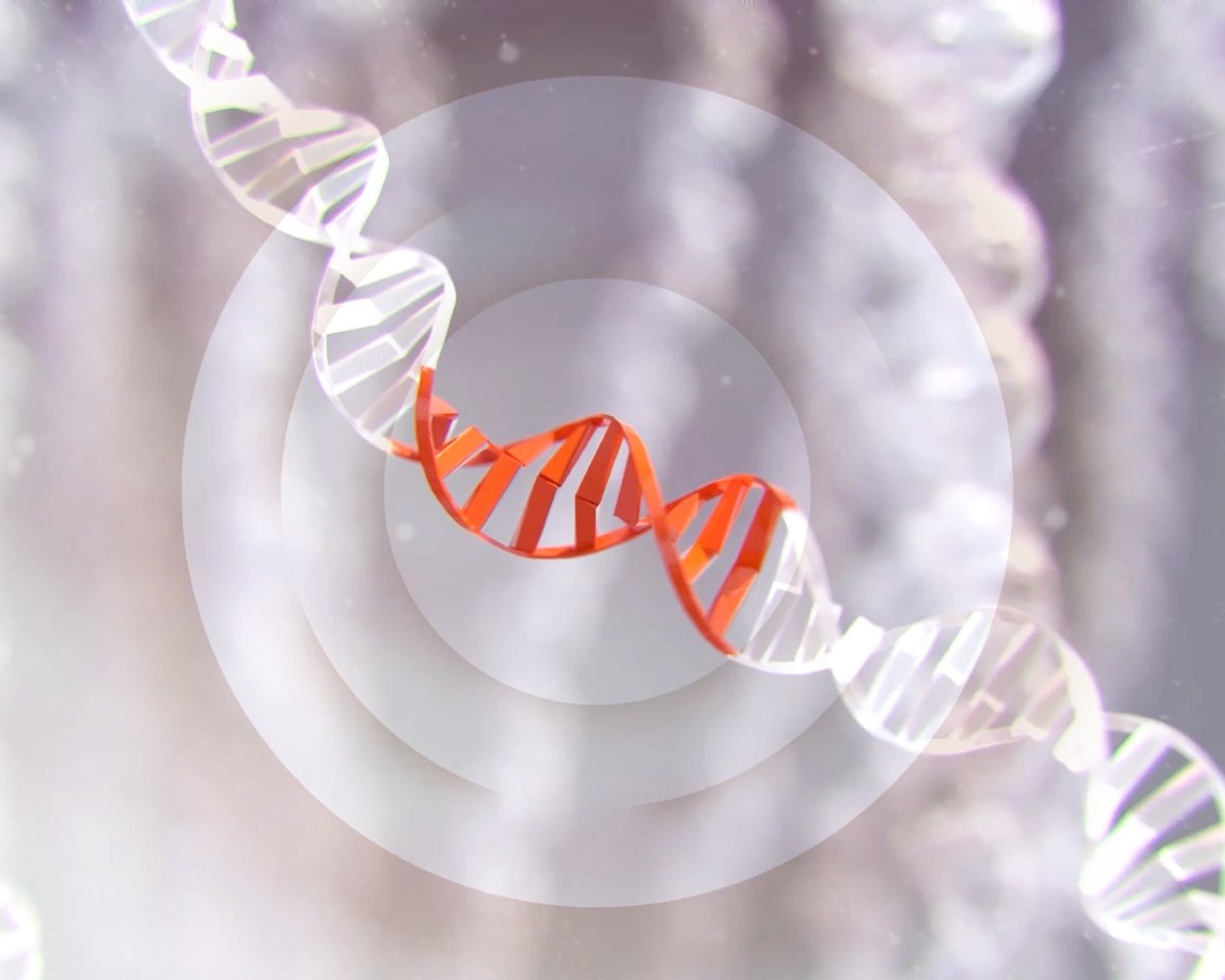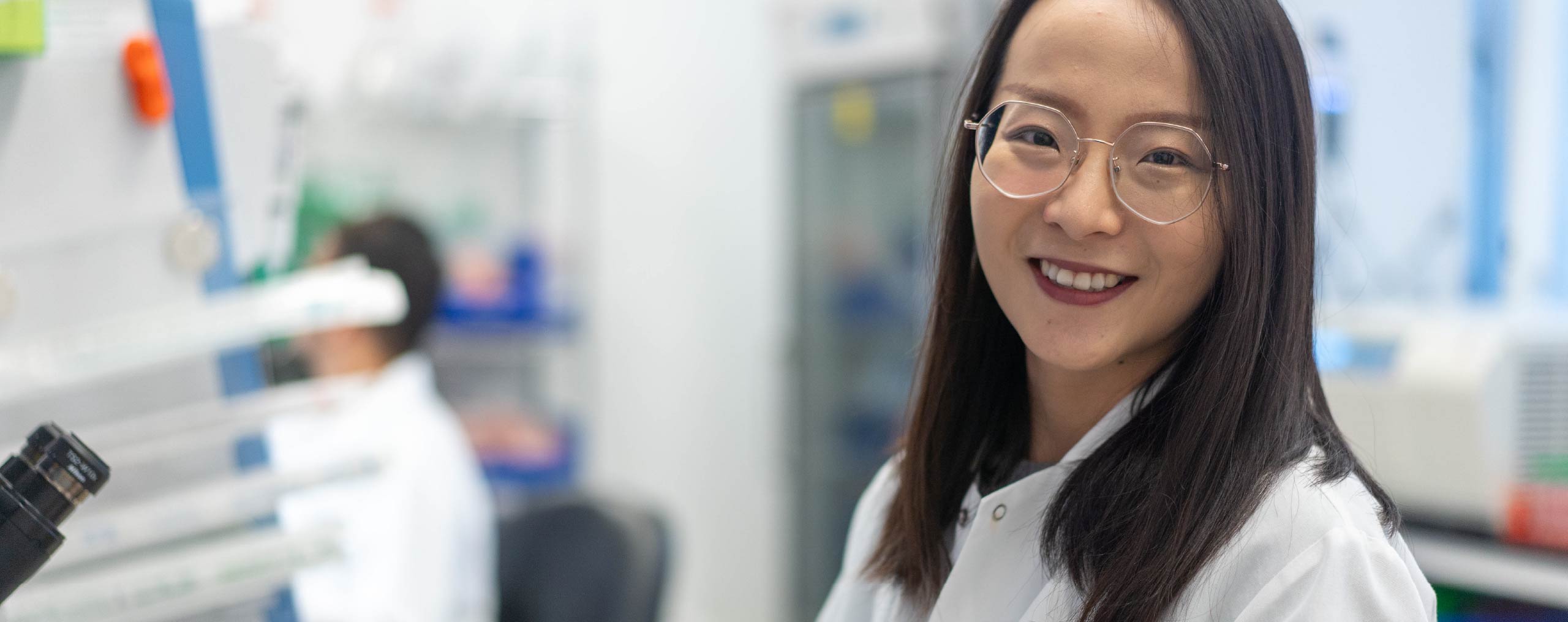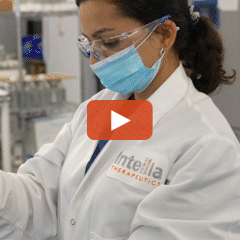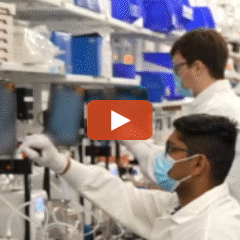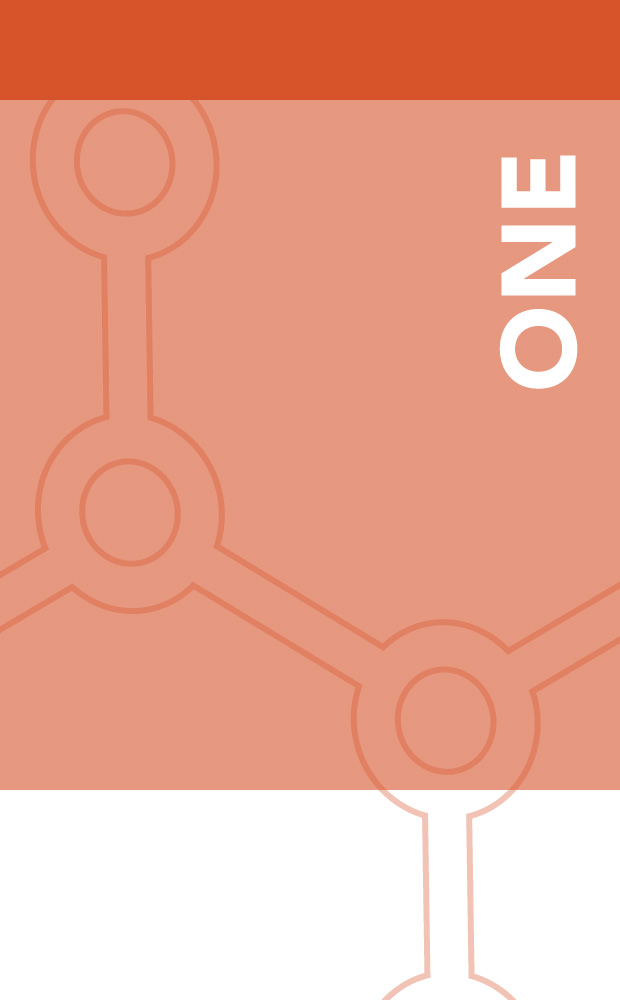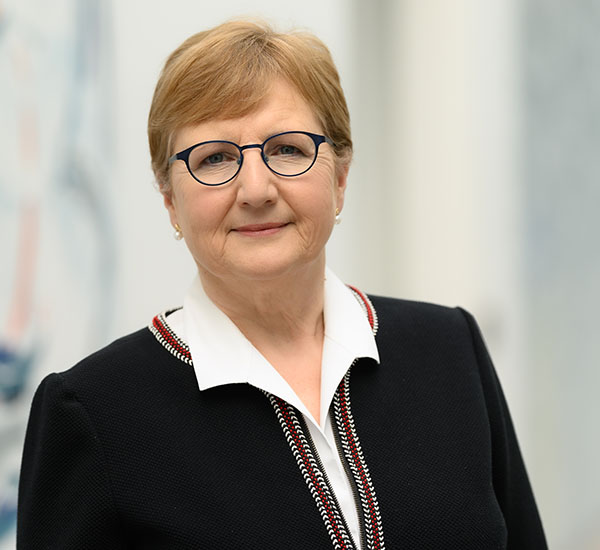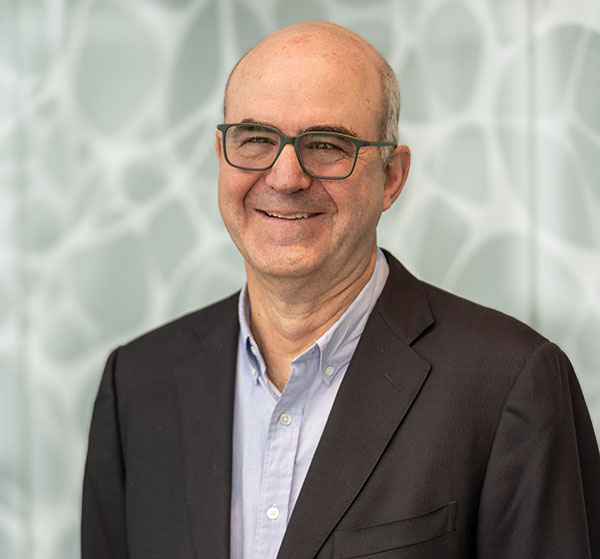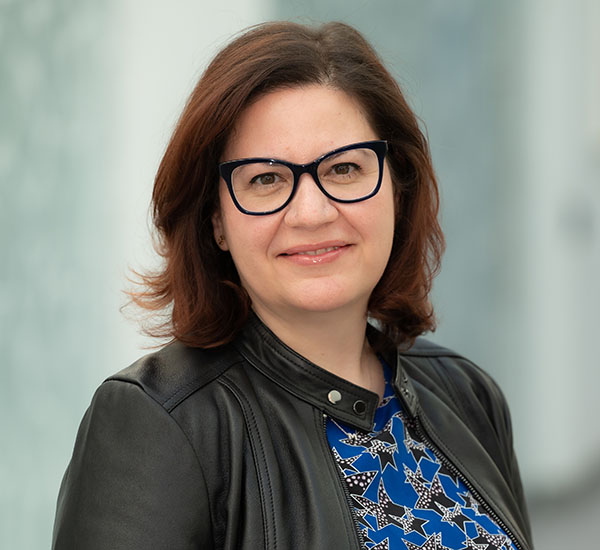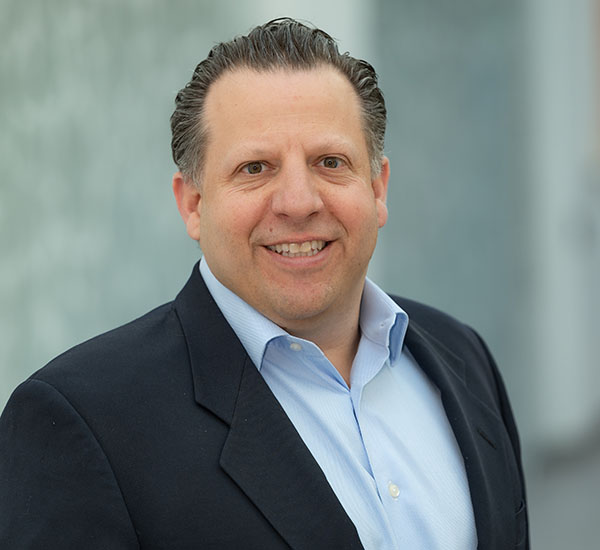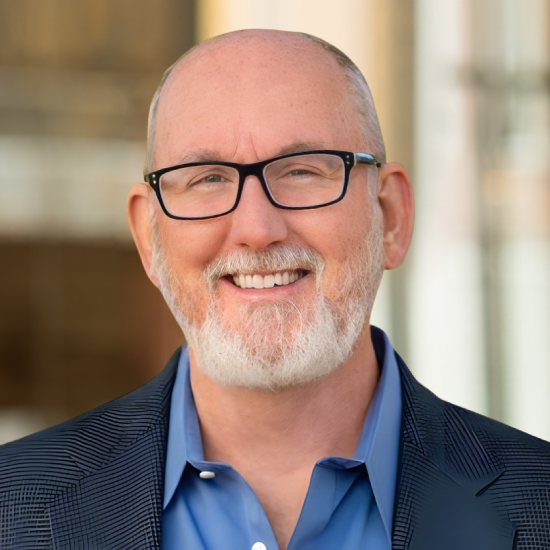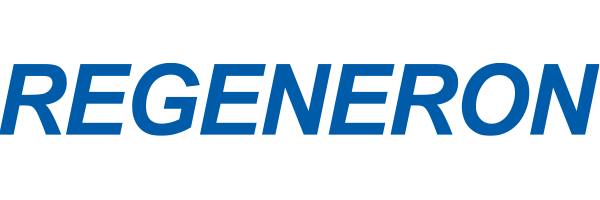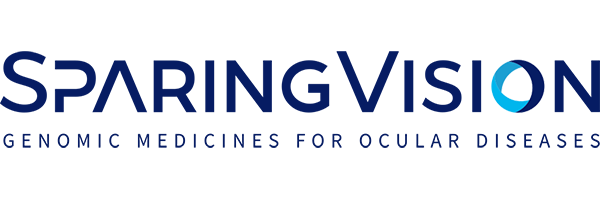Overview
Many of us in the biotechnology industry are inspired by a loved one who is living with a disease or the loss of someone in our community. Genetic, oncological or immunological diseases not only affect the people living with often debilitating and life-threatening symptoms, but these disorders also significantly impact their families, friends and caregivers.
Intellia’s researchers work tirelessly to harness CRISPR-based genome editingAlso called gene editing. Genome editing collectively refers to a set of technologies, including CRISPR/Cas9, that can be used to cut and modify DNA. Genome editing uses systems to make the DNA change inside the cell. These cells can be edited in the body (in vivo) or outside the body (ex vivo) from a patient or donor. technologies for human therapeutic use. In fact, one of Intellia’s co-founders, Jennifer Doudna, and Emmanuelle Charpentier were awarded the 2020 Nobel Prize in Chemistry for their pioneering work in CRISPRAdapted from a naturally occurring bacterial immune system, CRISPR is an acronym for Clustered Regularly Interspaced Short Palindromic Repeats. One of the proteins in the CRISPR system is known as CRISPR-associated 9 protein or Cas9 protein, which acts as a pair of ‘molecular scissors’ to cleave DNA. Researchers have co-opted the bacterial CRISPR system to make specific changes in the DNA of humans, other animals and plants. CRISPR was first harnessed in 2012 as a genome editing tool in the lab. More recently, scientists have begun engineering and testing CRISPR systems to be very specific to a desired genetic target.. At Intellia, we are humbled to have a hand in making what we believe to be medical history. As a leader in this space, our responsibility and commitment to patients is critical in our pursuit of developing novel, potentially curative therapeutics utilizing CRISPR-based technologies.
More specifically, we are employing a modular genomeA genome is an organism’s complete set of DNA, including all of its genes. Each genome contains all of the information needed to build and maintain that organism. In humans, a copy of the entire genome—more than three billion DNA base pairs—is contained in all cells that have a nucleus. editing platform to create diverse in vivoMeaning “within the living”, this type of therapy is administered directly into the patient, targeting the cells and editing the genome from inside the body. and ex vivoAlso referred to as a cell therapy. In an ex vivo therapy, cells are removed from the body for modification. Modification is done by administering therapy directly to the cells before they are returned to the body. In the case of ex vivo CRISPR/Cas9 therapies, CRISPR/Cas9 is used to modify cells to repair them to their desired functions. The engineered cells are then administered to the patient so they can treat a particular disease. therapeutics, spanning a range of disease indications. Guided by this full-spectrum approach, we are committed to making CRISPR-based medicines a reality for patients suffering from genetic diseases and to creating novel engineered cell therapiesType of therapy where engineered cells are transferred into a patient’s body to grow, replace or repair damaged tissue, or perform another desired function. Cells used in these therapies may originate from a healthy donor (allogeneic cells). A common type of cell therapy is blood transfusions, where red blood cells, white blood cells and platelets from one or more donors are transferred into the body of a patient. for various cancers and autoimmune diseases.
Our Mission
Transforming lives of people with severe diseases by developing potentially curative genome editing treatments.
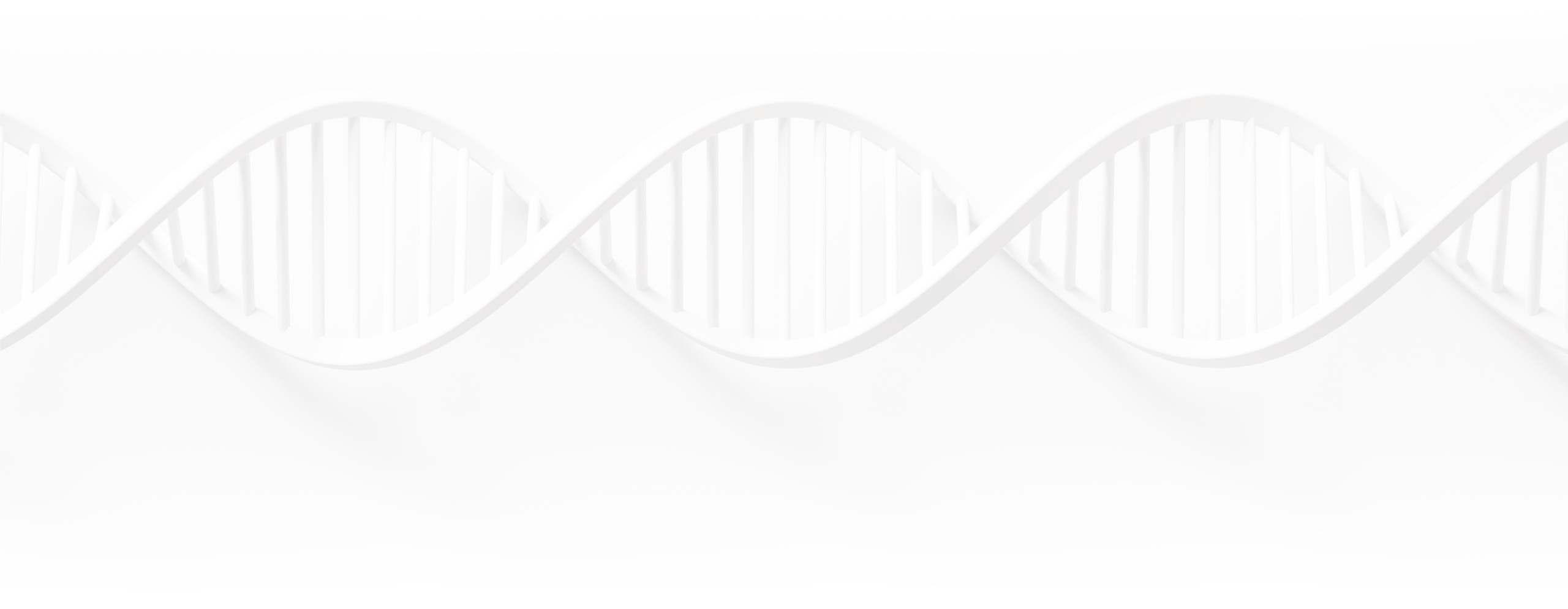
Core Values
Our values are at the heart of our company’s identity and culture.
Management Team
Our leaders bring all the necessary skills and experience from world-leading organizations, and embody Intellia’s values — one, explore, disrupt, deliver — to deliver genome editingAlso called gene editing. Genome editing collectively refers to a set of technologies, including CRISPR/Cas9, that can be used to cut and modify DNA. Genome editing uses systems to make the DNA change inside the cell. These cells can be edited in the body (in vivo) or outside the body (ex vivo) from a patient or donor. therapeutics. Our team comprises experts in all aspects of developing human therapeutics, including preclinical research, manufacturing and clinical development.
Board of Directors
Industry veterans and experienced investors with demonstrated skills in building leading biotechnology companies.
Partnering
Intellia is a pioneer in the development of CRISPRAdapted from a naturally occurring bacterial immune system, CRISPR is an acronym for Clustered Regularly Interspaced Short Palindromic Repeats. One of the proteins in the CRISPR system is known as CRISPR-associated 9 protein or Cas9 protein, which acts as a pair of ‘molecular scissors’ to cleave DNA. Researchers have co-opted the bacterial CRISPR system to make specific changes in the DNA of humans, other animals and plants. CRISPR was first harnessed in 2012 as a genome editing tool in the lab. More recently, scientists have begun engineering and testing CRISPR systems to be very specific to a desired genetic target. genome editingAlso called gene editing. Genome editing collectively refers to a set of technologies, including CRISPR/Cas9, that can be used to cut and modify DNA. Genome editing uses systems to make the DNA change inside the cell. These cells can be edited in the body (in vivo) or outside the body (ex vivo) from a patient or donor. and is focused on rapidly moving transformative therapies towards the clinic. We are proud to count biopharmaceutical companies and leading academic institutions as partners – organizations that share our determination to revolutionize medical science.
We seek strategic collaborators to help unlock the full potential of CRISPR genomeA genome is an organism’s complete set of DNA, including all of its genes. Each genome contains all of the information needed to build and maintain that organism. In humans, a copy of the entire genome—more than three billion DNA base pairs—is contained in all cells that have a nucleus. editing. We scout for cutting-edge technologies that advance the application of CRISPR for human therapeutics and our genome editing platforms, including:
- Genome modifying technologies
- Recombination and DNAAcronym for deoxyribonucleic acid, the hereditary material in humans and almost all other organisms. DNA can be found in the cell nucleus and contains the genetic instructions for the development, functioning, growth and reproduction of all known organisms. Nearly every cell in a person’s body has the same DNA. repairCorrection of “misspelled” disease-driving DNA sequence using a CRISPR/Cas9-based gene editing therapy. technologies
- RNA therapeutic technologies
- Therapeutic delivery of nucleic acids or ribonucleoproteins – viral and chemical
- Engineered immune cell technologies
- Novel target identification
Partner
Spotlight

Intellia and ReCode Announce Strategic Collaboration to Develop Novel Gene Editing Therapies for Cystic Fibrosis
More